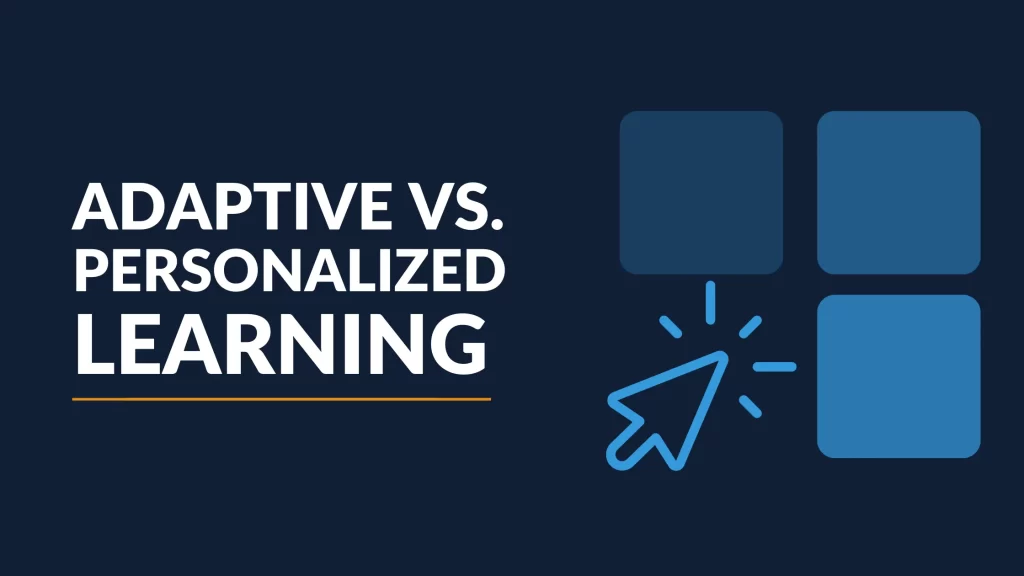Massive Open Online Courses (MOOCs) have been evolving since their inception and continue to shape the landscape of online education.
Several trends and innovations are likely to influence the future of MOOCs:
Personalization and Adaptive Learning

Personalization and adaptive learning are two key trends in the field of education, and they have significant implications for the future of MOOCs. Here’s a closer look at each of these concepts:
Personalization: Personalization in MOOCs involves tailoring the learning experience to the individual needs, preferences, and abilities of each learner.
This can be achieved through various means:
Customized Learning Paths: MOOC platforms can use data analytics and algorithms to assess a learner’s prior knowledge, learning style, and goals. Based on this information, they can recommend specific courses, modules, or resources to create a personalized learning path.
Content Recommendations: By analyzing a learner’s behavior, such as the courses they’ve taken, the topics they’ve shown interest in, and the progress they’ve made, MOOC platforms can suggest relevant courses and supplementary materials.
Adaptive Assessments: MOOCs can use adaptive assessments that adjust the difficulty and content of quizzes or tests based on a learner’s performance. This ensures that learners are appropriately challenged, not overwhelmed, and receive feedback tailored to their level.
Adaptive Learning
Adaptive learning goes hand in hand with personalization and involves using technology to adjust the learning experience in real-time.
Some aspects of adaptive learning in MOOCs include:
Real-time Analytics: MOOC platforms can gather data on a learner’s interactions with the course material, such as the time spent on a page, the number of attempts made on a quiz, and the correctness of responses. This data can be used to adapt the content delivery.
Immediate Feedback: Adaptive learning systems can provide instant feedback to learners on their performance, allowing them to correct mistakes and reinforce their understanding before moving on to the next topic.
Content Modification: Adaptive learning platforms can change the sequence, format, or difficulty of course content based on the learner’s progress and needs. For instance, if a learner is struggling with a particular concept, the system can offer additional resources or alternative explanations.
Microlearning

Microlearning is a teaching and learning approach that involves delivering educational content in short, focused, and easily digestible units. These “micro” units can be in the form of small lessons, videos, quizzes, or other types of learning materials. Microlearning is gaining popularity in both formal and informal educational settings, and it has several key characteristics:
Bite-Sized Content: Microlearning materials are intentionally designed to be concise and focused on a single learning objective. These can be as short as a few minutes or as long as 15-20 minutes, but the emphasis is on brevity.
Accessibility: Microlearning can be accessed easily through various devices such as smartphones, tablets, and computers. Learners can access the content whenever and wherever they want, making it highly accessible.
Engagement: Microlearning often employs multimedia elements, including videos, animations, infographics, and interactive quizzes, to keep learners engaged and interested.





Leave a Reply